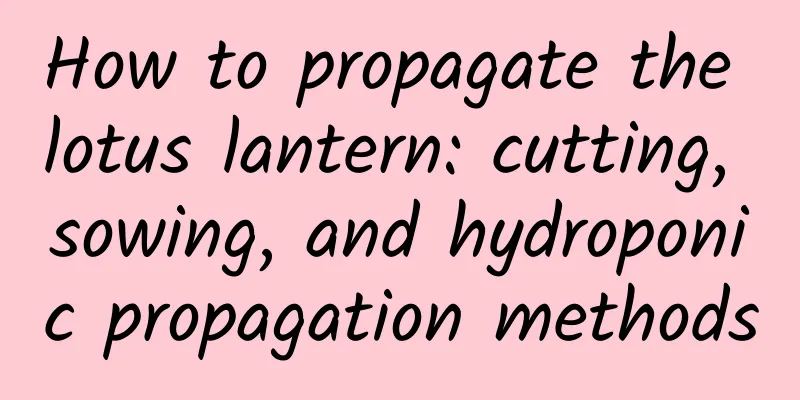What should I do if there are too many roots of the soil-grown green radish and the pot is full of roots?

1. RepottingIf there are too many roots of the soil-grown green radish, the original pot will not be able to provide enough space for it to grow, so it is necessary to change the pot as soon as possible. Replacing the plant with a larger flowerpot and properly pruning the old and rotten roots when repotting can help new roots grow better and allow the roots to better absorb water and soil nutrients. Note: Although the plant has many roots, try not to prune the strong roots when repotting. Just cut off the old roots and rotten ones. After pruning the roots, you can apply some wood ash to prevent rot after planting. 2. Divide the basinWhen its roots fill the pot, you can divide the pots into multiple pots. Carefully separate the green radish and underground rhizomes from the mother plant and replant them in other pots. If old or weak roots are found during the repotting process, they should also be cut off. This can improve the root absorption capacity and reduce nutrient loss. Note: When dividing the pots, each clump must have rhizomes, so that the plants can resume growth more quickly after being planted separately. |
<<: How to water Begonia and how often to water it
>>: How to judge whether the green radish lacks water
Recommend
How to grow white anthurium so that it blooms
1. Adequate sunlight Light is the main factor tha...
How to grow Monstera
1. Maintenance conditions 1. Water: Monstera requ...
What vegetables to plant in autumn
1. Fennel Fennel has a spicy smell and can be use...
How to repot succulent plants
1. Choose a pot As the succulent grows, the size ...
When is the time to graft grapefruit?
1. Spring Fruit trees are usually grafted in the ...
How to care for the cut head of pineapple flower
1. Cut off the crown Choose a pineapple that is s...
Do red maple trees prefer shade or sun?
Do red maple trees prefer shade or sun? The red m...
What to do if the leaves of succulent plants become soft
Frostbite Slight frostbite: leaves become hydrate...
The stem of the old succulent plant has shrunk. What should I do if the succulent plant has shrunk?
· In recent years, succulent cultivation has beco...
How to propagate glass jade
There are two ways to propagate glass jade: one i...
The difference between azalea and rhododendron
1. Difference Many flower lovers don’t know the d...
How to propagate money tree by cuttings, and how long does it take for the cuttings to take root?
1. Cutting time The time for money tree cuttings ...
When to fertilize potted kumquat
1. Fertilization time Fertilizing potted kumquats...
How to propagate peony
1. Take the seeds The main method of reproduction...
How to grow the succulent plant Star Flower
Growth habit Opuntia is a genus of Opuntia in the...









